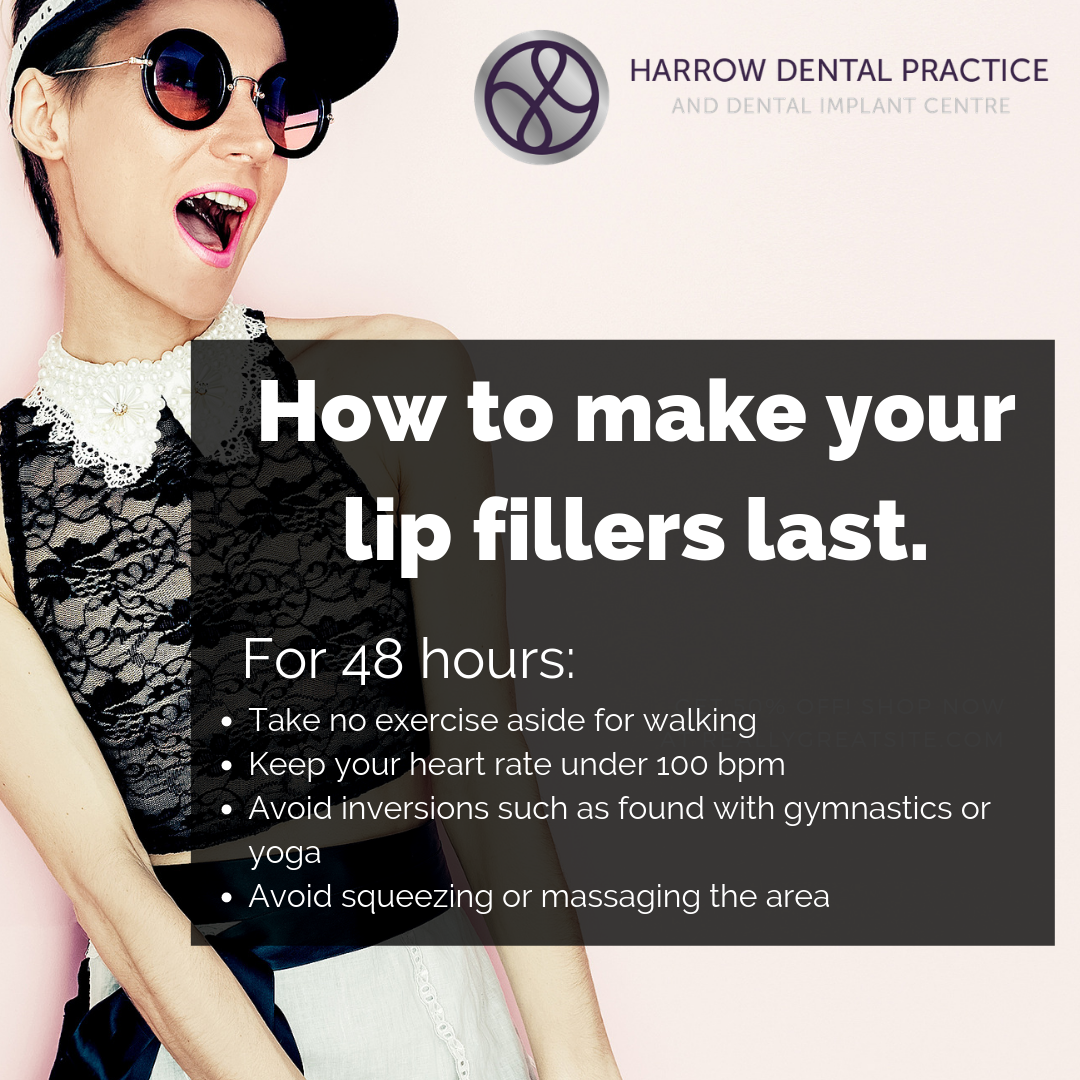We all know that facial wrinkles and creases can make one look older. However, a recent research study has shown that people with facial wrinkles are perceived as less attractive and less trustworthy than those with fresh, wrinkle-free skin. So, regardless of the underlying cause, facial wrinkles are an aesthetic problem that can negatively affect one’s personality and appearance. That is why, British women spent over £1.15 billion on facial skincare and rejuvenation.
But how can one get rid of facial wrinkles safely and effectively? You may ask. We will answer this question in this blog. So, read on to learn more about facial wrinkle treatment options.
What Is Botox, And How Does It Work To Reduce Wrinkles?
According to the NHS, Botox is a non-invasive cosmetic option. The procedure involves injecting a mild dose of botulinum toxin into the skin. The toxin causes local muscle relaxation, resulting in the smoothening of creases and wrinkles.
How Does Botox Get Rid Of Wrinkles So Efficiently?
Contrary to surgical skin rejuvenation options, botox therapy is non-invasive and quite effective. This is because the botulinum toxin results in the relaxation of the muscles in the region where it is injected. As a result, the skin is relaxed and the wrinkles and creases in the area are smoothed out. This is why Botox has become one of the most popular facial cosmetic treatment options worldwide. According to statistics, over 7.3 million Botox injections were administered worldwide in 2022 alone.
How Can I Get Rid Of Fine Lines On My Forehead?
There are many non-surgical cosmetic treatment options available to correct forehead lines. Botox therapy has the potential to smooth out fine lines on the forehead and restore one’s optimal facial aesthetics. Besides, dermal fillers can also be used to get rid of wrinkles and creases on the forehead and other areas.
How To Get Rid Of The Wrinkles On My Eyelids?
Wrinkles around the eyelids, also called crow’s feet or canthal lines, resulting in an aged appearance. However, they don’t necessarily appear due to old age; they can also appear due to the influence of various facial expressions such as grief, chronic pain, and laughter. Due to their obvious effect on one’s facial appearance, people around the world seek treatment for this condition to look younger and more attractive.
Crow’s feet can be treated in various ways. For example, some dermatological treatment options include exfoliation and peptide creams and retinol. Alternatively, botox therapy could also be used to remove wrinkles around the eyelids effectively.
Is Botox The Temporary Wrinkle Solution?
Botox treatment involves injecting a mild dose of botulinum toxin under the skin. The toxin results in local relaxation of the muscles. As a result, creases and wrinkles are removed. However, this treatment option is not permanent and re-treatment may be needed after some time.
How Is Botox For The Forehead Administered?
Botox is administered in the form of an injection below the skin. This treatment is done to smooth out vertical lines between the eyes that make one look older and unattractive. The infection causes the muscles around the forehead to relax, thereby eliminating facial creases, lines, and wrinkles.
How To Extend The Life Of My Botox So I Can Get It Less Often?
The life of botox injections is dependent on various factors such as one’s diet and daily routine. The life of botox treatment can be extended by eating a healthy diet, exercising regularly, and keeping oneself hydrated.
Is Botox Safe?
One of the main concerns of prospective cosmetic treatment patients is whether Botox therapy is safe. According to the University of Utah Health, Botox injections are considered safe. Furthermore, there are very minor risks associated with this treatment and most of them are transient.
What Are The Uses Of Botox Injections?
Botox comprises a mild toxin released by a bacterium called Clostridium tetani. This toxin, when injected in mild doses, causes local muscle paralysis. This is utilised in facial cosmetics to remove facial wrinkles, creases, and lines. So, Botox therapy is used for a variety of non-surgical cosmetic treatments worldwide.
Can Botox Cause Cancer?
The idea that Botox could cancer is unsubstantiated and currently there is no evidence to link this type of treatment with the risk of cancer. Instead, a few studies have shown the positive role of botox injection in eliminating cancer cells. A research article stated that botox therapy could halt the growth of cancerous cells, thereby exhibiting anti-cancer properties. So, botox treatment is safe and does not carry the risk of cancer.
If you live in London and are looking for the best place for non-surgical facial and cosmetic treatment, your best option is Harrow Dental in Hornchurch. Whether you need general dental services for your family, or you require cosmetic treatment, we provide all services under one roof at affordable rates. We also take pride in having the most qualified and experienced dental professionals who will take good care of your entire family’s dental and aesthetic needs.
The secret behind our high-quality services is our top-notch dental team and the use of the best quality dental materials for treating our patients. So, if you are worried about your facial wrinkles or creases, or simply want cosmetic dental procedures such as bonding or veneers, let us help you. Book a free consultation with us today and let us take care of all your dental and cosmetic needs.


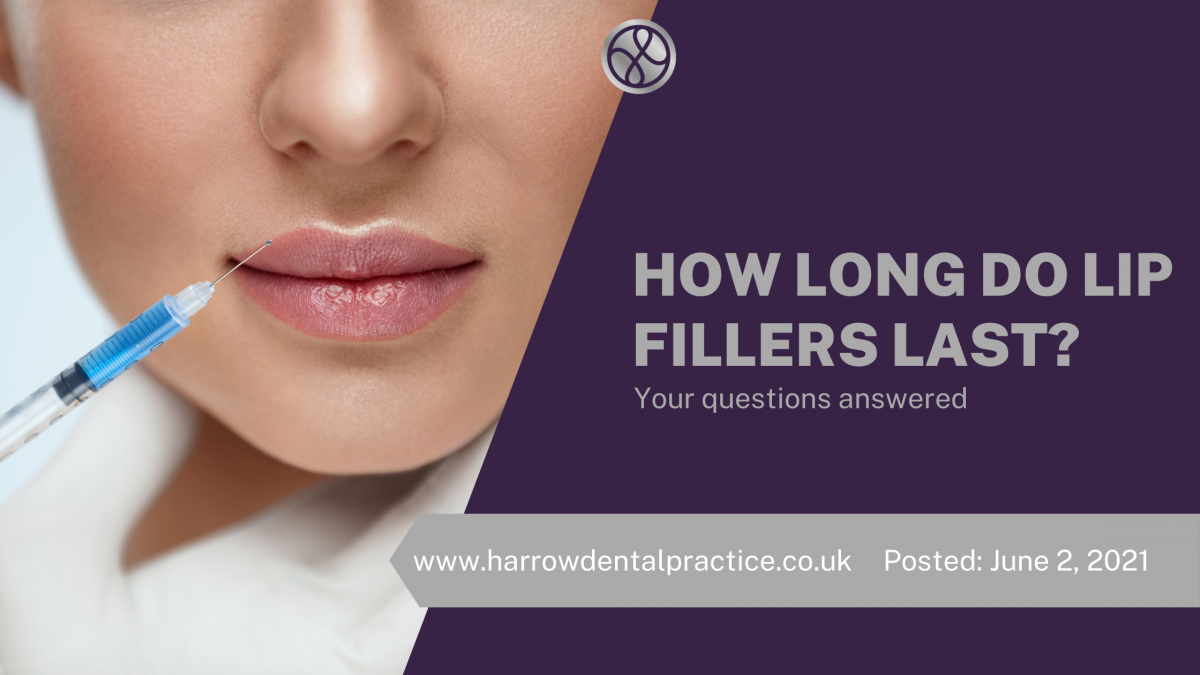
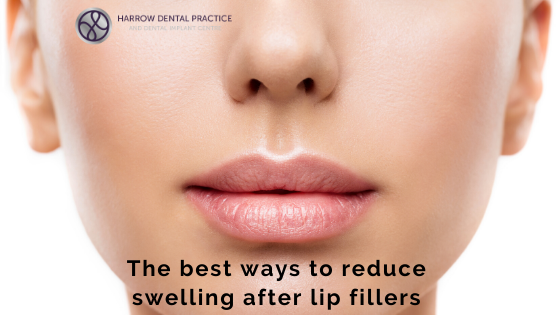

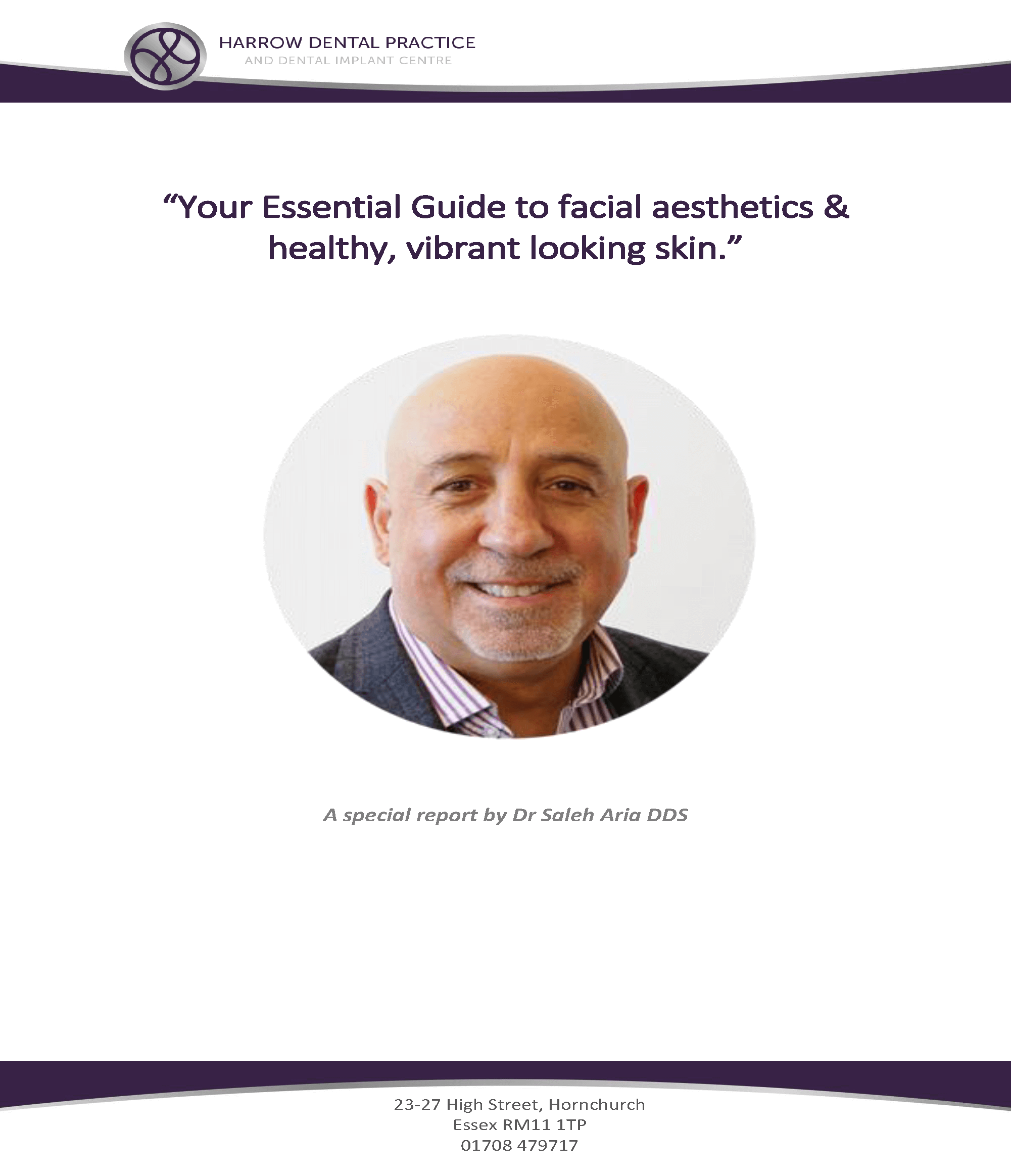
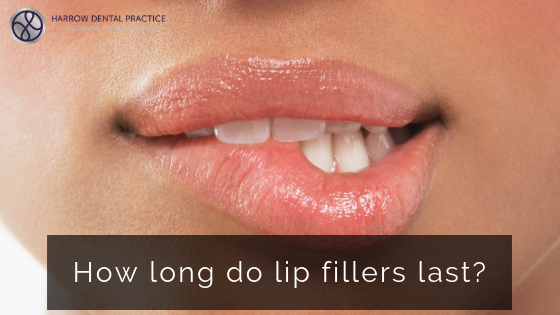
 The anatomy around your head, face and neck is also very complex with lots of blood vessels and nerves. It’s vital that the injections are placed in exactly the right place by someone that has had adequate training and knows what the results will be.
The anatomy around your head, face and neck is also very complex with lots of blood vessels and nerves. It’s vital that the injections are placed in exactly the right place by someone that has had adequate training and knows what the results will be.